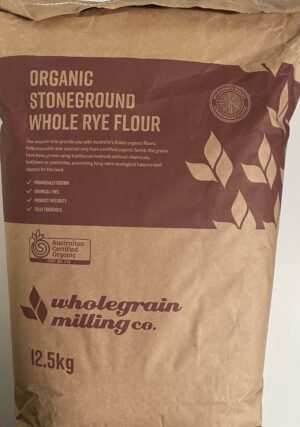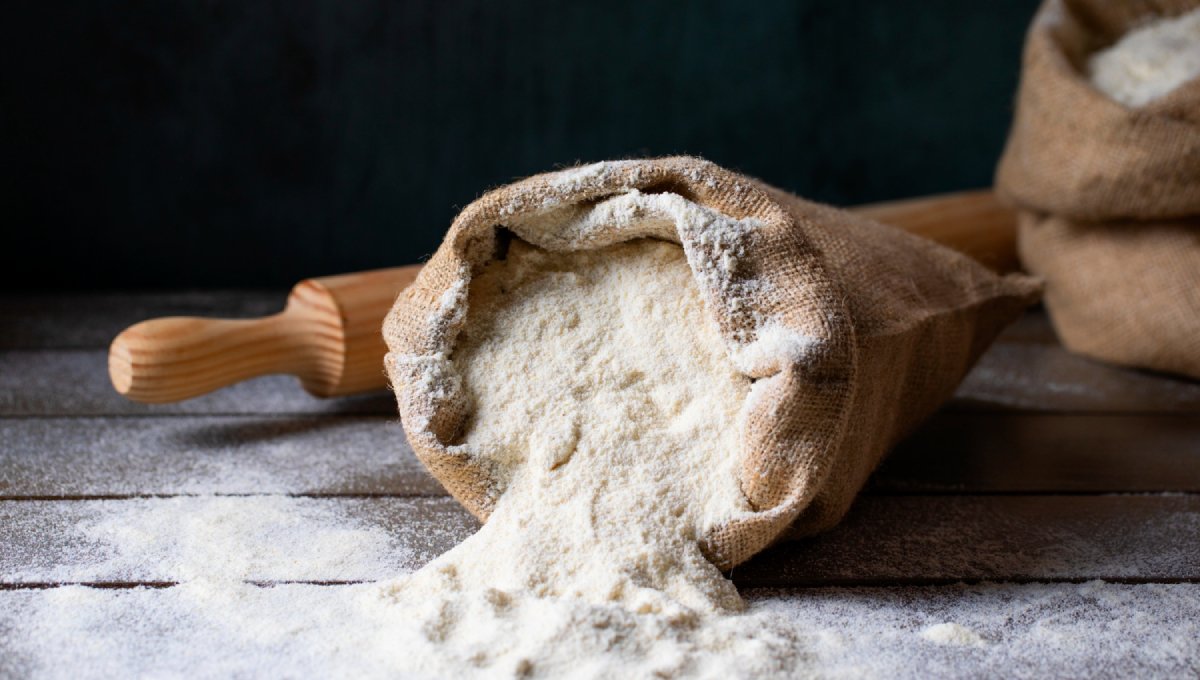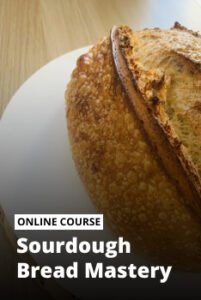Gluten-free sourdough baking is not just a culinary trend; it’s a craft that allows those with gluten sensitivities or celiac disease to enjoy the rich flavors and textures of sourdough bread.
This process combines traditional sourdough techniques with gluten-free ingredients, offering a healthful and delicious alternative to conventional bread. If you’re looking to delve into this art, here are some essential steps and tips to guide you.
Fioreglut Recipes: Delicious Gluten-Free Dishes.
Table of Content
Creating Your Gluten-Free Sourdough Starter
The first step in gluten-free sourdough baking is creating your starter. Unlike traditional starters that use wheat flour, a gluten-free starter relies on gluten-free flours like brown rice, buckwheat, or sorghum flour.
To begin, mix equal parts of gluten-free flour and water in a jar. Feed your starter daily with the same ratio of gluten-free flour and water. It’s important to note that gluten-free starters may develop differently than wheat-based ones, often appearing thicker and requiring more frequent feedings.
Choosing the Right Gluten-Free Flours
The next crucial element in gluten-free sourdough baking is selecting the right gluten-free flours. Gluten-free baking typically requires a blend of flours to mimic the texture and structure provided by gluten.
A combination of flours like brown rice, tapioca, and potato starch can create a balanced base for your bread. Xanthan gum or psyllium husk powder is often added to the mix to help bind the ingredients and provide elasticity to the dough.
Baking and Troubleshooting
Finally, mastering the baking process is essential in gluten-free sourdough baking. Gluten-free doughs are generally more hydrated and stickier than traditional sourdough, so handling them can be tricky.
Use a wet spatula or wet hands to shape your dough. Baking in a Dutch oven can help achieve a crispy crust and even baking. If you encounter issues like dense crumb or inadequate rise, don’t be discouraged.
Gluten-free sourdough baking is a process of experimentation and adjustment. Try altering fermentation times, hydration levels, or flour blends to achieve your desired results.
Embarking on the journey of gluten-free sourdough baking opens up a world of culinary exploration and satisfaction. This craft not only caters to dietary needs but also allows for creativity in the kitchen.
With patience and practice, you’ll be able to produce artisanal, gluten-free sourdough bread that rivals its traditional counterpart in both taste and texture.






